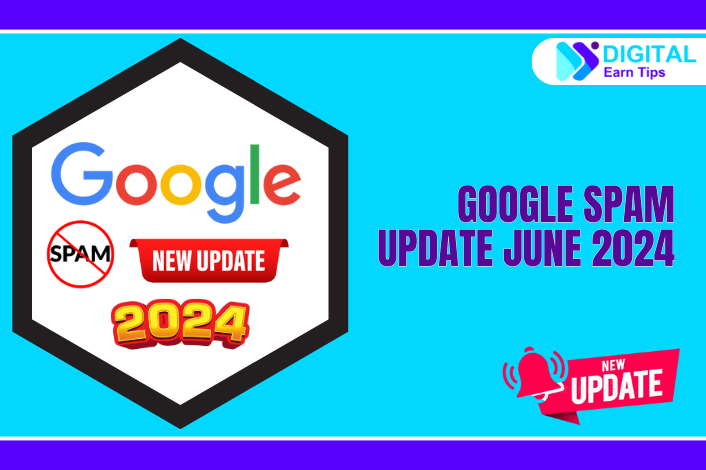Google Spam Update June 2024 | Google Broad Core Update 2024

The Evolving Landscape of Google’s Spam Policies
Google Spam Update June 2024 in the ever-changing world of search engine optimization (SEO), webmasters must stay vigilant and informed about Google’s latest updates and policies. The June 2024 spam update is the latest in a series of initiatives to combat online spam and ensure a high-quality search experience for users. While Google may not fully disclose the details of this update, we can gain valuable insights by analyzing the broader trends and implications.
Identifying and Avoiding Common Spam Tactics
Google’s spam policies cover a wide range of potential violations, from doorway pages to hacked and malicious content. Webmasters must familiarize themselves with these policies to ensure their websites are not inadvertently engaging in any of these practices. Doorway pages, for example, are a common tactic where websites create multiple pages targeting the same keywords but with slightly different content, often by changing the location or niche. While this may seem like a clever way to improve rankings, Google considers it a form of spam and will penalize websites that employ this strategy.
The Impact of Scaled Content Abuse and Site Reputation Abuse
The March 2024 core update introduced two significant factors that the June 2024 Google update is likely to build upon: scaled content abuse and site reputation abuse. Scaled content abuse refers to the use of AI tools like ChatGPT or Gemini to generate large volumes of content, often of poor quality or lacking in originality. Google has made it clear that this practice will not be tolerated, and websites engaging in it can expect to face penalties.
Site reputation abuse, on the other hand, involves the misuse of a well-established website’s authority to rank low-quality or irrelevant content, often on subdomains. This practice, also known as “parasite SEO,” is also a target of Google’s spam policies and can result in manual penalties.
The Evolving Role of Spam Brain and Content Warehouse API
One of the most intriguing aspects of the June 2024 Google spam update is its potential connection to the Spam Brain system and the recent Content Warehouse API leak. Spam Brain, a secretive AI-powered system launched by Google in 2018, has been responsible for detecting and removing billions of spam pages from the search results. The leaked information suggests that Spam Brain is not a single system, but rather a collection of different versions, each tailored to specific industries or website types.
Moreover, the leak revealed that Spam Brain not only assigns a spam score to individual pages but also to entire domains. This means that if a website has multiple pages with high spam scores, the domain as a whole may be penalized, even after the problematic content has been removed. This information highlights the importance of maintaining a consistently high-quality website, as a single instance of spam can have far-reaching consequences.
Proactive Measures to Protect Your Website
In light of these developments, webmasters must proactively protect their websites from Google’s spam penalties. This includes:
- Thoroughly understanding and adhering to Google’s spam policies, covering all 16 types of spam identified by the search giant.
- Avoiding practices like doorway pages, scaled content abuse, and site reputation abuse, even if they may seem like effective short-term strategies.
- Regularly auditing your website’s content and backlink profile to identify and address any potential spam issues.
- Focusing on creating high-quality, original content that provides value to your users.
- Monitoring your website’s performance and rankings closely, and being prepared to take swift action if you notice any sudden drops or changes.
Navigating the Aftermath: Recovering from Spam Penalties
If your website has been impacted by the June 2024 Google spam update, it’s crucial to act quickly and decisively. The first step is to identify the root cause of the penalty, whether it’s due to hacked content, malicious links, or any other form of spam. Once the issue has been identified, you’ll need to take the necessary steps to remove or address the problematic content or backlinks. It’s important to note that even after you’ve cleaned up your website, the Spam Brain system may still view your domain as having a high spam score, which can continue to negatively impact your rankings. In such cases, you’ll need to focus on publishing high-quality, original content to offset the domain-level spam score and regain your website’s visibility in search results.
Embracing the Future of Search
As Google continues to refine its spam-fighting capabilities, webmasters must adapt and evolve their strategies to stay ahead of the curve. By staying informed, adhering to best practices, and prioritizing user experience, you can position your website for long-term success in the ever-changing landscape of search engine optimization.



